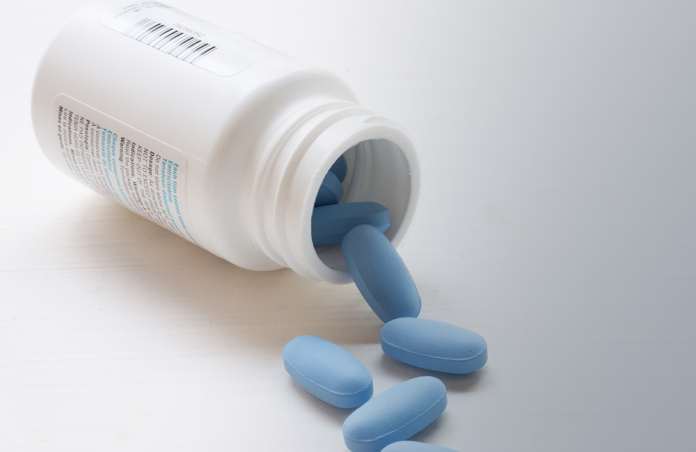Facts about Post Exposure Prophylaxis (PEP)
PEP stands for Post-Exposure Prophylaxis. The word “prophylaxis” means to prevent or control the spread of an infection or disease.
PEP should be taken within 72 hours after a possible exposure to HIV to prevent becoming infected with HIV.
Who should take PEP
If you think you were recently exposed to HIV, contact your health care provider immediately or go to an emergency room right away.
You may be prescribed PEP if you are HIV negative or don’t know your HIV status, and in the last 72 hours you;
- Think you may have been exposed to HIV during sex
- Shared needles or drug preparation equipment (works)
- Were sexually assaulted
Your health care provider or emergency room doctor will help to decide whether PEP is right for you.
Also, read:
4 Facts about PREP that you didn’t know
When should PEP first dosage be taken?
PEP must be started within 72 hours (3 days) after a possible exposure to HIV. The sooner you start PEP after a possible HIV exposure, the better.
According to research, PEP will most likely not prevent HIV infection if it is started more than 72 hours after a person is exposed to HIV.
How long is PEP taken?
If you are prescribed PEP, you will need to take HIV medicines every day for 28 days.
You will need to return to your health care provider at certain times while taking PEP and after you finish taking PEP for HIV testing and other tests.
Side effects
The HIV medicines used for PEP may cause side effects in some people. The side effects can be treated and aren’t life-threatening. If you are taking PEP, talk to your health care provider if you have any side effect that bothers you or that does not go away.
PEP medicines may also interact with other medicines that a person is taking called a drug interaction. Because of potential drug interactions, it’s important to tell your health care provider about any other medicines that you take.

Do you have any news or article you would like us to publish? Kindly reach us via outreach@t4d.co.ke or howtodoafrica@gmail.com.

























